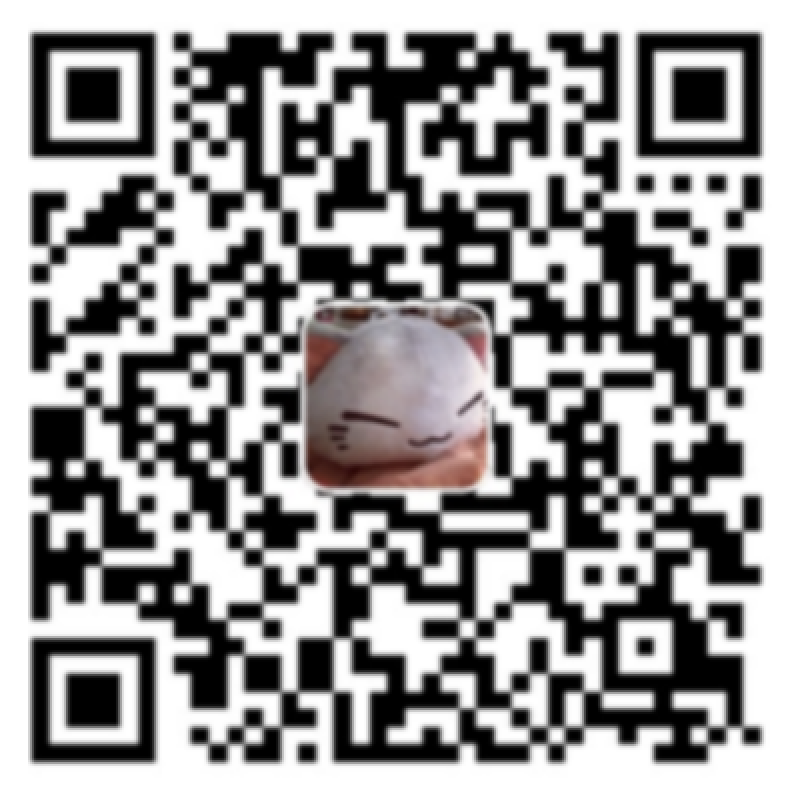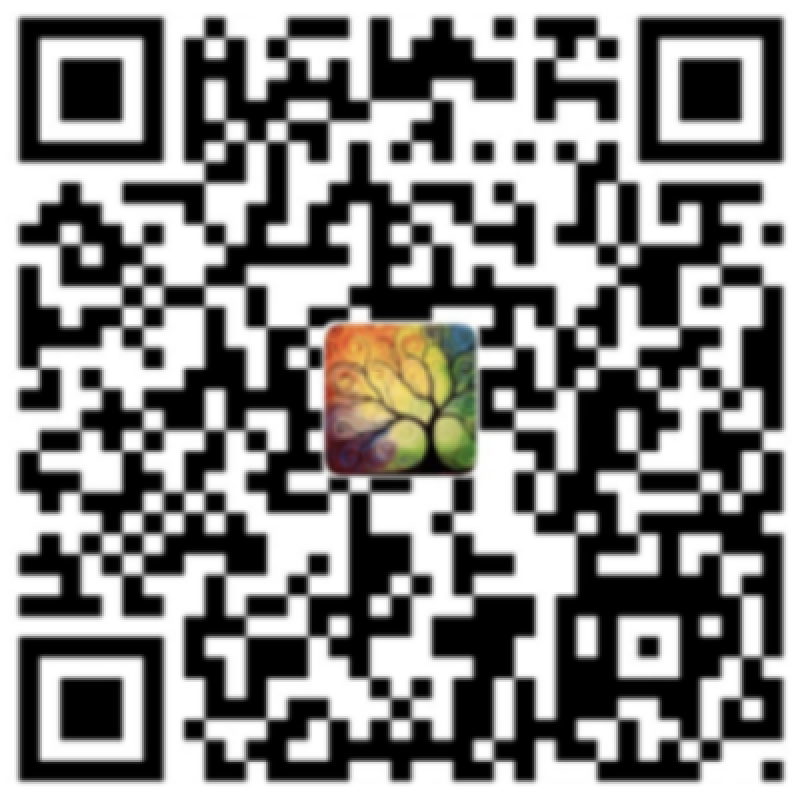Luna摘记 | Getting Things Done

0. 前言
这篇文章介绍一个叫做 GTD 的时间管理方法,助你在生活和事业上都能高效且无压力地完成要做的事情。
The method introduced in this book is GTD time management. It is a set of proven and highly efficient workflow practices which can free you from excessive work and enable you regain control of your life.
书名
Getting Things Done: The Art of Stress-Free Productivity
中文译名:搞定
评分
GoodReads: 3.98/5,出版于 2002 年 12 月。
虽然是一本将近 20 年之前的书,但里面介绍的方法仍然适用于我们当下所处的世界。
作者
David Allen,1945 年出生,是一个生产力顾问 (productivity consultant),创立了 GTD 时间管理方法,开了个跟生产力相关的公司,做培训和 coaching。
Luna 说
这本书里面的很多方法我都是认可的,假如你觉得事情太多总是来不及做,可以尝试 GTD 工作法。
1. 准备工作
问题:脑子里想的事情太多,无法专注眼前工作
解决方案:把你脑子里的想法都写下来,然后你就不用被这些想法打乱目前的工作节奏了。
问题:想的事情太多了,没法全部写下来
解决方案:践行 GTD 时间管理系统。
如何开始践行 GTD 呢?
首先,我们要做好三个方面的准备工作:时间、空间、工具。
1. 两天时间
万事开头难,作者建议在开始 GTD 之前,先留出两天的时间(比如周末或者假期),确保你受到最少的干扰。
那这段时间用来干嘛呢?
你要把所有过去、现在、未来尚未解决的,停留在你脑海中的事情/问题都收集起来。
You need to collect all the pending issues in the past, at present and in the future and capture all the fleeting little ideas.
即使你没有整块的两天时间,你也可以尽量抽空去把想法都记录下来,当你把所有的问题都记下来之后,我们再开始下一步。
2. 专属工作空间
你需要有一个简单的、井井有条的、高效的工作空间,我们的目标是,在想要工作的时候能够没有任何障碍地快速进入工作状态。
工作空间最好是你的个人空间(比如家里的一个工作台),作者不推荐共享工作空间。
When employees work in temporary spaces, they have to organize the files again and again, and continually change their ways to deal with problems. As a result, they are more likely to get upset. Besides, a constantly mobile workstation will make employees lose a sense of ritual, thereby reducing their productivity.
3. 选择正确的工具
你需要一些工具来帮助你整理任务,每个人有不同的喜好,但是基本的工具包括:
- 文件夹
- 白纸
- 便利贴
- 订书机
- 垃圾桶
Luna: 这个乍一看不适用于所有人,无纸化办公的话基本上用不到这些……不过在日常生活中,我们常常需要整理各种纸质文件,比如申请签证,扫描打印等等,所以还是需要的。
工具要放在容易找的地方,这样你需要的时候就可以直接拿来用,而不是把宝贵的时间浪费在找东西上。
2. GTD 工作法
2.1 横向 5 阶段 - Mastering Workflow
In most cases, lateral management can satisfy people’s daily work needs.
2.1.1 Information collection 收集信息
在这个阶段我们需要写下来我们要做的事情,不论大小难易。类似头脑风暴,只关注数量,不关注质量,不做评判。
比如:你下个月要交一份市场报告,你要把跟「完成市场报告」相关的思绪全部写下来。
It’s better to take notes than rely on your memory. Listing all your thoughts will make everything well-organized.
你可以用任何喜欢的工具来记录(纸笔、电脑、手机),但是千万注意,不要把注意力放在工具上,不要使用过多的工具,也不要重复记录同一件事情(比如纸上写一遍,电脑里再写一遍)。
2.1.2 Information processing 处理信息
接下来我们需要处理信息,根据我们刚才记录的事情来确定哪些事情是要做的,假如一件事情需要完成,那么我们有三个选项:
- 现在做;
- 让别人做;
- 推迟做;
注意:假如一件事情你可以在很短的时间内(比如两分钟)完成,不要推迟它,直接做掉。
因为有些简单的事情推迟之后会变的麻烦,需要你用更多的时间去完成(吃完饭当天洗碗和吃完饭三天之后再洗碗的区别)。
问问自己,我是否是最适合做这件事的人?假如是的话,就把这件事加入你的 to-do list,搞清楚怎么完成、需要什么资源,然后去做这件事。
假如不是的话,你可以把这件事情交给别人完成,但是你需要告诉别人截止时间和要求,然后你还要去跟进这件事情的完成情况。
2.1.3 Organizing 整理
对第一步头脑风暴写下来的事情进行分类,放在不同的类别里面,作者把事情分成大概 8 个类别:
- projects that require multiple steps 需要多个步骤才能完成的【事情】
- project-supporting information 支持项目完成的【信息】
- checklists of steps that need to be done as soon as possible 需要确认的【事情】
- schedules to complete at the appointed time 需要在规定时间完成的【事情】
- waiting lists that need to be done by others 需要别人完成的【事情】
- reference materials that do not require action 参考【信息】
- lists for what may require action in the future 未来可能需要做的【事情】
- a checklist for useless information 没什么用的【信息】
Luna: 我觉得用【事情】和【信息】来分类更加清晰。
事情分为:
- 自己的 - 现在要完成的,规定时间要完成的,未来要完成的
- 别人的
信息分为:
- 有用的
- 可参考的
- 没用的
2.1.4 Reviewing 检查
每周可以检查一次,更新 list,保持 list 的有效性。
2.1.5 Doing 做
如何选择最合适的行动呢?我们可以根据四个因素来确定:
- context - 是否有合适的工具和环境来完成这件事
- time - 假如只有 10 分钟,就做 10 分钟以内可以完成的事情
- energy - 根据 mental state 来确定行动,假如你晚上很疲惫,没法做高强度的脑力思考,就不要把这类任务放在晚上做
- priority - 最后,经过筛选之后,根据优先级来选择当下可以完成的、最重要的事情来做
假如临时有急事怎么办?
问自己:Is it worth your time to stop your work and do it right now?
不要为了忙而忙,同时做多件事很可能牺牲了效率。
Multitasking, to some extent, is achieved at the expense of efficiency.
2.2 纵向 5 阶段
横向管理可以满足我们日常大部分事务的需求,但是有时候我们需要处理一些复杂的项目,横向管理法就不那么适合了。纵向管理能让我们更好地掌握项目的总体情况。
At this moment, it is necessary to carry out longitudinal deep digging in order to better master the overall picture of the project.
2.2.1 Defining purpose and principles 确定目标和原则
在开始一个项目之前,先问问我们自己「why」:Why do I have to do this project? What’s my purpose?
搞清楚「为什么」能让我们少走弯路。
因为你可能有些时候特别忙,事情搞的一团糟;就算目标没有完成,你也只能说「我尽力了」。
另外,我们的个人目标以及能力需要和团队目标相匹配。在项目开始前,你需要和你的上级沟通,让 TA 知道你对这个项目的预期和标准,你能做什么、不能做什么。沟通之后你再开始做。否则你就是看上去很忙,但别人、甚至你自己都不知道你到底在忙什么。
比如开会之前要知道会议的目标,否则大家就会浪费时间。
Make sure you know what you can and can’t do. Then you can demonstrate your capabilities. Or else, it is very likely you will be busy for nothing.
**原则和目标一样重要。**你要思考,你在工作和生活中的主要原则是什么?比如有些人认为客户第一,那这就是他们的原则。
当我们搞清楚了自己的主要原则,就可以根据原则来行事,避免一些不必要的阻力和冲动。
When you know your principles, you have rules to follow along the way, and you can avoid unnecessary resistance and impulses.
目标给予我们力量和方向,原则为我们的行动提供限制和标准。
In a word, goals give us power and direction. Principles provide restraint and standards for our actions, so both are very important.
2.2.2 Outcome visioning 想象结果
第二个阶段是想象成功的样子——当这个项目完成时是怎样的?
怎么去想象?
你可以用文字,或者一个详细的 list 把你想要达成的结果写下来。
为什么要想象?
我们的大脑就像一台拥有强大搜索功能的电脑,当我们知道我们要搜索什么的时候,就会留意相关的信息,让我们离目标更进一步。
The brain is like a computer, it has an automatic search function, and the objects it searches for are the things around it. If you can clearly show what you want, your brain will automatically search for relevant information, and your words and actions will move closer to it. You always get what you expect.
With a desire in mind, you will feel unprecedented excitement and expectation, and step closer towards the set goal.
2.2.3 Brainstorming 头脑风暴
当我们知道了目标和结果之后,剩下的就是具体的行动了。
此时我们需要头脑风暴,把所有能想到的东西都写下来,无论是好的、坏的、重要的、微不足道的、普通的、独特的……
头脑风暴需要注意两点:
- 应收尽收:capture as many ideas as possible, and make sure that there are no omissions.
- 只管数量:the pursuit of quantity, not quality, because the pursuit of quantity can make the mind continuously diverge.
你有越多的想法,就有越多的选择的空间。
2.2.4 Organizing 优先级整理
接着,你把所有的头脑风暴想法都放在一起,思考它们之间的关系和结构,根据它们的紧急程度和重要程度来进行确定优先级,这也就是整理的过程。
2.2.5 Identifying next actions 后续行动
最后你需要知道下一步做什么,当你完成了一个任务之后,需要继续问自己:下一步我要做什么?这样能够激发你的思考,得到与众不同的结果。
To determine the next step involves deciding how to allocate resources to promote work efficiency.
Luna 说
横向注重的是完成事情,纵向则注重完成「正确的事情」,所以要先确定目标和原则。
我觉得在实际生活中,纵向往往被忽略了,横向的日常管理很多人都做的不错,但是大方向上却没有太多的思考,忙来忙去不知道到底在忙什么。
3. 双倍效率 Tips
1. Develop a habit of collecting 收集的习惯
把该记录的事情都写下来,不要让它们占据你大脑的空间。
Any task that is not collected or completed will create psychological stress upon yourself and consume your precious energy. Once you collect everything, you can empty your brain and feel more relaxed. This helps you to focus on one thing at a time rather than worrying about others.
If you don’t have the habit of collecting information, just acting or speaking haphazardly, you will have no rules. You will do a lot of useless work and waste time.
2. Decide your next action 确定下一步
习惯性地问自己:下一步做什么?这能让我们关注真正重要的事情。
每个任务都有多个步骤,而下一步的行动应该是我们能够直接完成的事情,比如给 xx 打电话。
To make it simple, the next step is whatever you can do directly.
找到可行的下一步,就好比在一团乱糟糟的毛线团里面找到了那个线头,让你能够推动事情的进展。
3. Learn to focus on the results 关注结果
假如你不知道自己想达成什么结果,只是一昧地努力去做,这是徒劳的。
行动和结果是紧密相关的,只有当你知道你想要什么,你才能去做正确的事情,合理分配你的精力和时间。
一方面,人们总是在抱怨工作太过乏味,他们不想做,但这其实是因为他们没有关注结果,只关注眼前的事情。
另一方面,一些小事看起来不重要,但是这些小事会对结果造成很大的影响。
在你的工作中,任何需要你去做的事情你都要去思考:我想达到什么样的结果?我应该怎么达到这个结果?
不要为了工作而工作,这只会让你陷入「无脑忙碌」的怪圈。
On the one hand, people often complain that the work at hand is tedious, so they do not want to do it. The reason for this is because they don’t pay attention to the results, and so they just stare at what’s in front of their eyes. On the other hand, some small things at work may seem insignificant, but such small things have a great impact upon the result. In your specific work, anything that grabs your attention needs you to think: what results do you expect to achieve? How to do it for this result? Never “work just to be working” or you will get caught in the “busy” vicious circle.
It can be seen that setting goals and focusing on results have a guiding and motivational role in human work. You should anticipate the results, put them into action, and finally achieve your goals. When you are equipped with this kind of thinking for work and use it as a motivation to deal with things day by day, you will observe things more thoroughly, think deeper, and achieve much more.
4. 结语
最后,作者说,长时间的工作无法带来效率,人们需要掌握时间管理的方法,夺回他们工作的掌控权,这样才可能升职加薪。
Working overtime never brings productivity. People need to master the method of time management and regain control of their heavy workload.
接下来我会根据这篇文章以及我自己的一些实践,来总结一下我常用的时间管理方法(之前也有很多人问过我,这次安排!!)。
Talk to Luna
Support Luna




